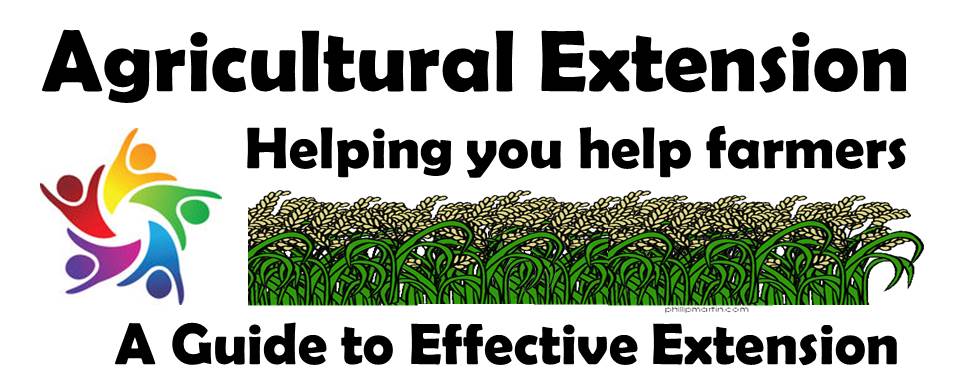ICT and Extension
Practical information for the use of Information Communication Technologies (ICT) in Agricultural Extension. Tools such as
ICT complements other information delivery tools like:
Agricultural extension can be defined as "providing information
to farmers to help them make a positive change." (Mark Bell, 2011)
|
Loading
Visit our new Ag Extension website: AgExtOnline.comICT is a tool and must be linked to field application
|

Modernizing Extension Advisory Systems (MEAS)
|
This website is made possible by the generous support of the American people through the United States Agency for International Development (USAID). The contents are the responsibility of the MEAS Consortium and do not necessarily reflect the views of USAID or the United States Government.


